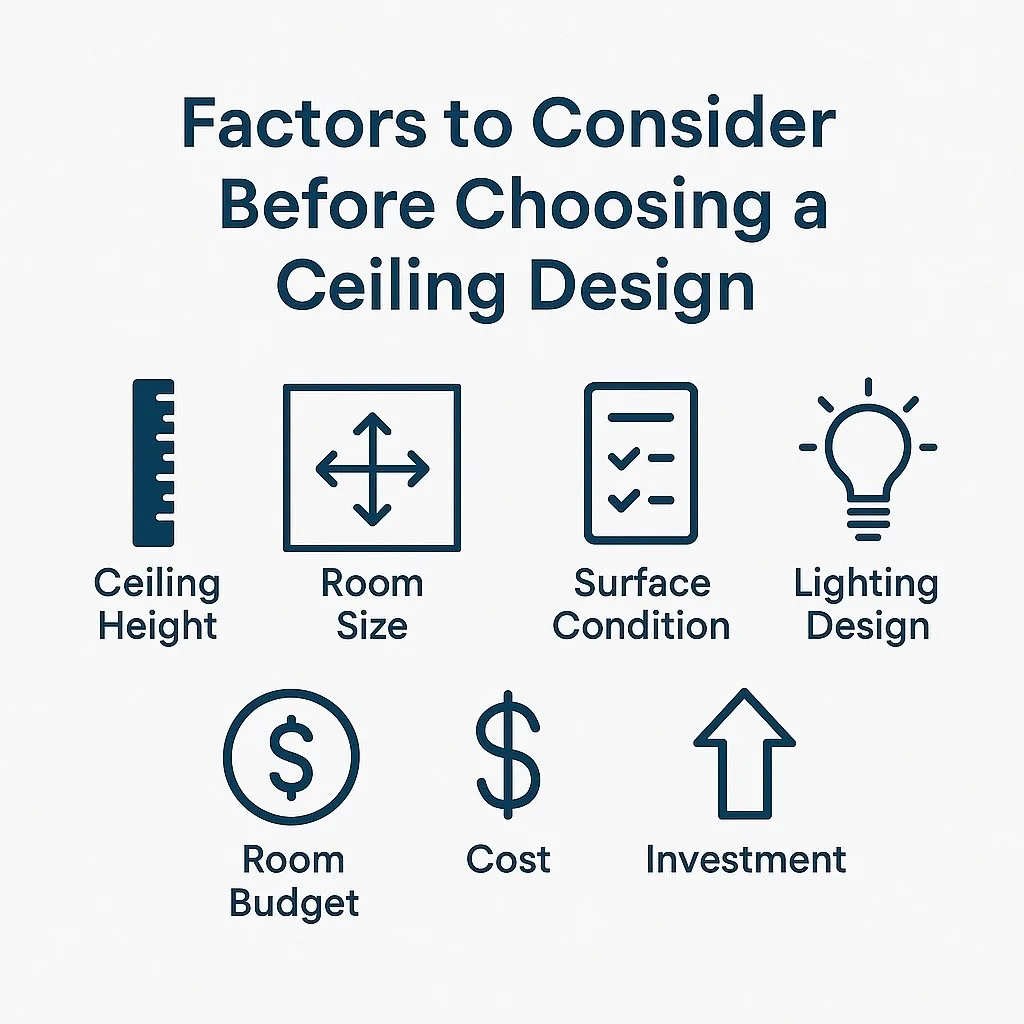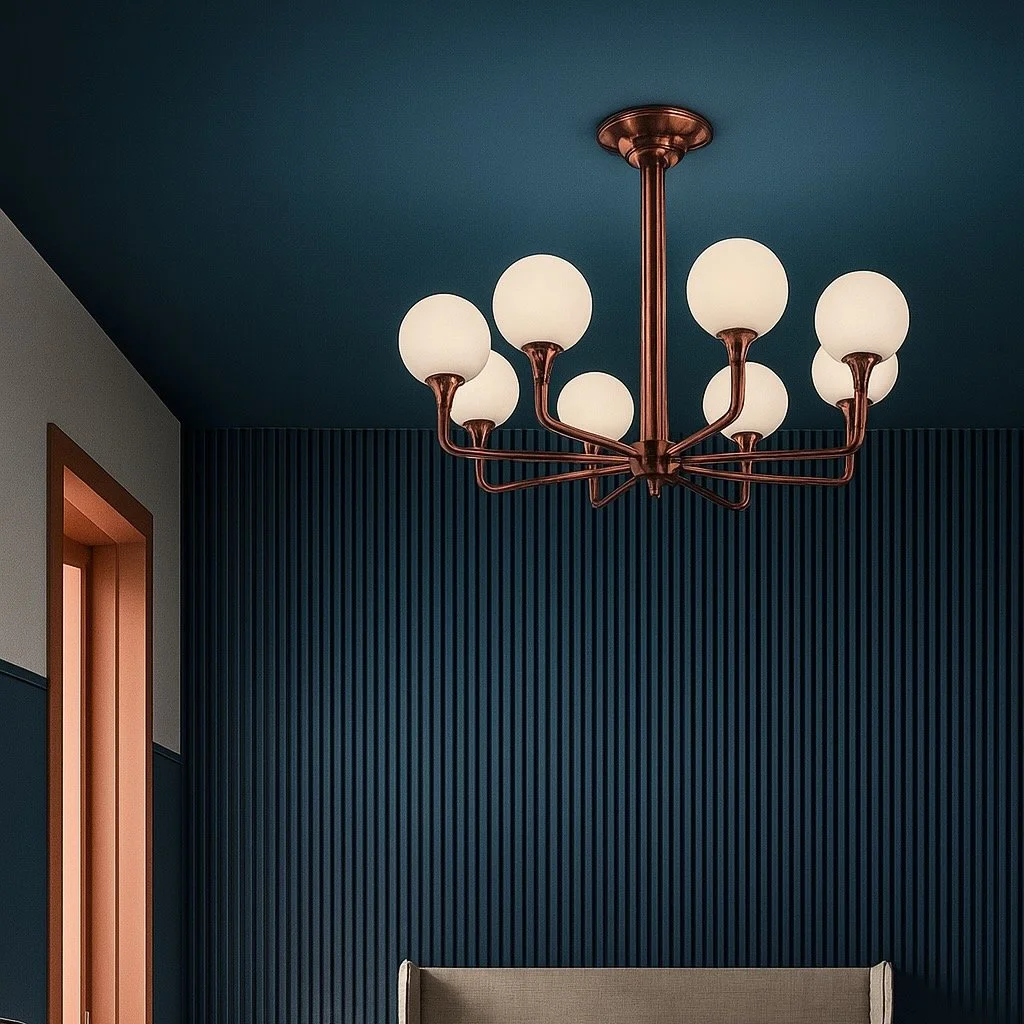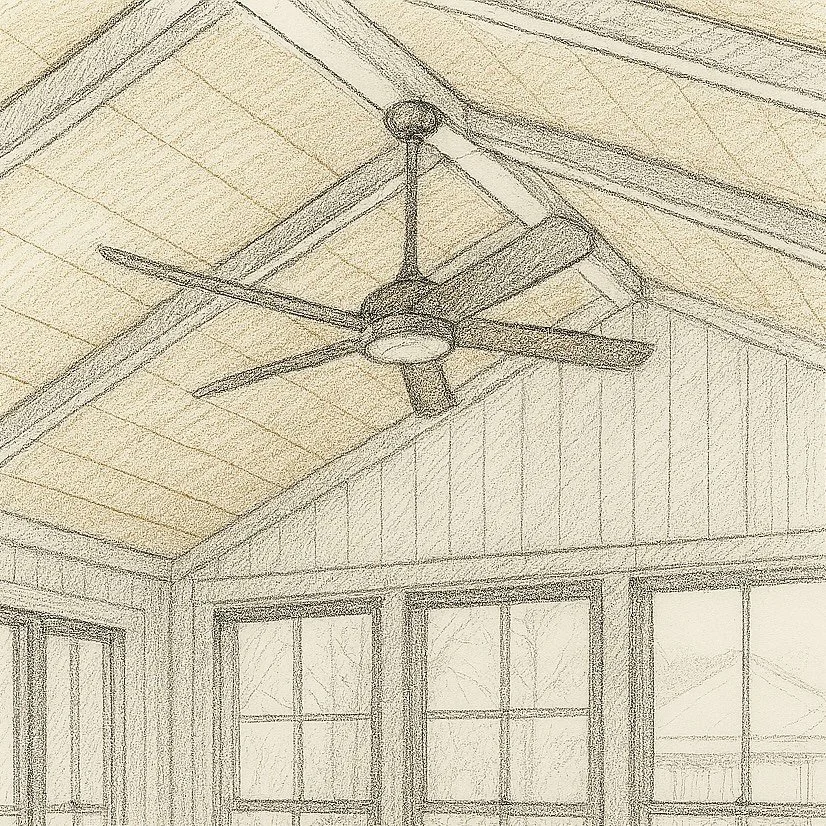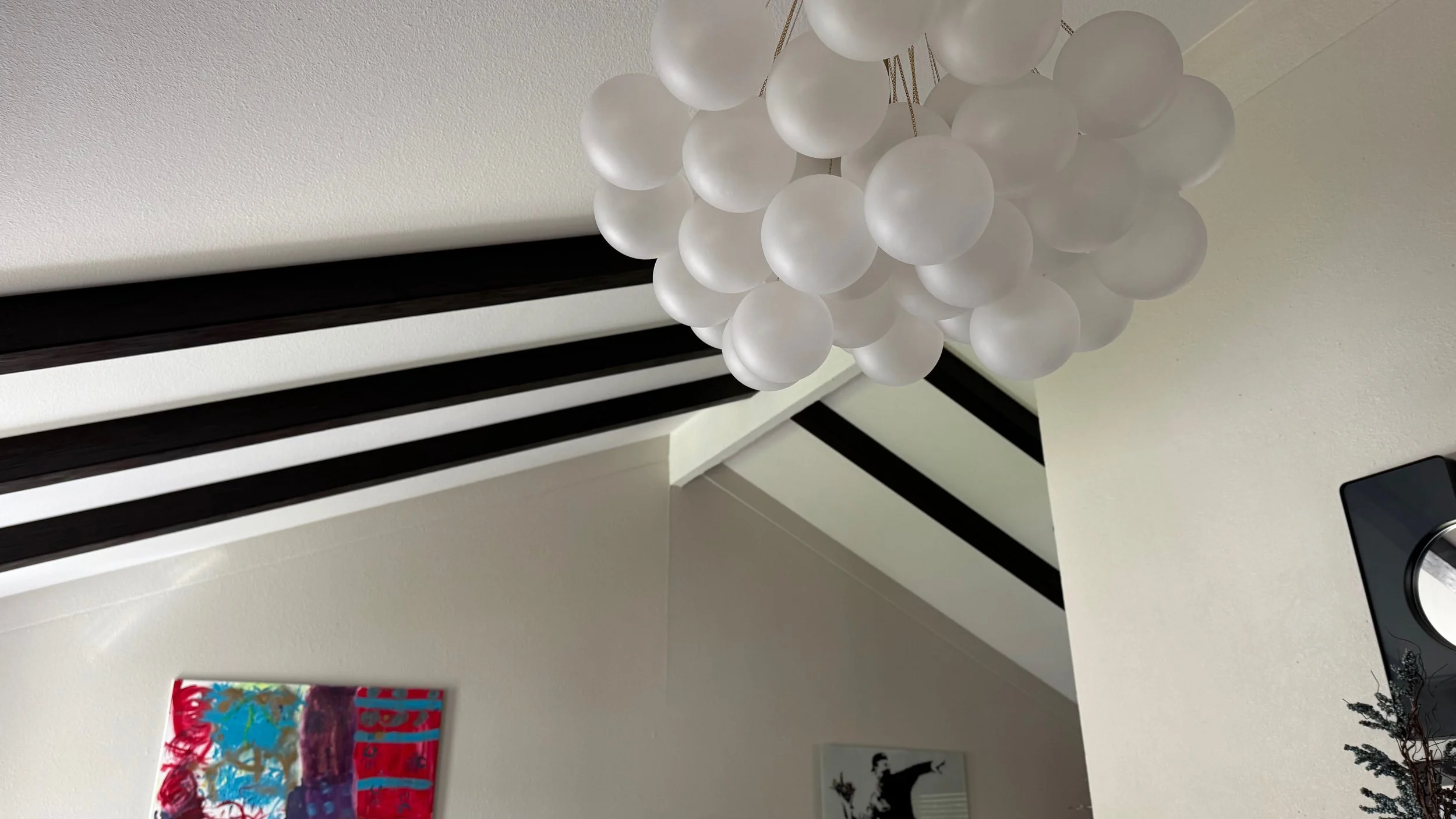Ceiling Design: How to Choose the Best Decorative Ceiling for Your Home
When planning interior renovations, ceilings often remain underestimated. Yet in reality, the ceiling is one of the largest surfaces in any room—and with the right design, it can completely transform the space. Whether you’re renovating your home, furnishing a new apartment, or designing a commercial property, choosing the right ceiling treatment is key to achieving a polished, cohesive, and stunning look.
Avileve
Elevated design-build, inside & out
Accent Walls · Media & Fireplace Walls · Decorative Ceilings · Bedroom & Feature Walls · Finish Carpentry · Decks · Pergolas · Privacy Screens · Outdoor Walls · Railing Systems · Outdoor Carpentry
Factors to Consider Before Choosing a Ceiling Design
Before selecting your ceiling material or style, it’s essential to take several factors into account:
Ceiling Height: Some designs work better with high ceilings (like beams or Venetian plaster), while others help “raise” low ceilings visually (like bright paint or mirrored panels).
Room Size: Larger rooms can handle bolder ceiling treatments. Smaller spaces require a more delicate approach to avoid overwhelming the interior.
Surface Condition: Painted or wallpapered ceilings require a smooth, even base. That might mean plastering or drywall leveling in advance.
Lighting Design: Consider how many and what types of lighting fixtures you plan to install—recessed lighting, chandeliers, track lights, or LED strips can all impact the look and feasibility of ceiling materials.
Budget: Your available budget will play a large role in the final selection. Some options, like painted ceilings, are budget-friendly, while others, like decorative plaster or suspended constructions, require a higher investment.
Why Ceiling Design Matters
Your ceiling is more than just the surface above your head — it’s a fifth wall. A well-designed ceiling can:
Visually expand the space
Define specific areas within a room
Complement architectural features
Add texture, depth, and ambiance
Increase property value through thoughtful detail
Now let’s explore the most popular and effective ceiling design options available today.
1. Painted Ceilings
Simple, timeless, and budget-friendly. Painting is one of the most popular ceiling treatments. It works in nearly any room and can be paired with a wide range of wall finishes and flooring types.
Important Note: To achieve a professional, high-quality painted ceiling, the surface must be perfectly smooth. This often requires either drywall leveling or plastering—both of which can be labor-intensive. However, when properly prepared and painted, the ceiling adds a clean and bright finish to the room.
This modern interior showcases a striking dark blue painted ceiling paired with vertical wood slat wall panels in the same tone. The room features a sleek mid-century chandelier with globe bulbs and copper arms, creating a refined and dramatic ambiance. The mix of warm terracotta accents and deep blue tones makes this a perfect example of bold ceiling design with cohesive wall treatment. Ideal for contemporary or transitional interiors.
2. Decorative Plaster Ceilings
Decorative plaster ceilings offer a custom texture and handcrafted look. With a wide variety of finishes—matte, semi-gloss, glossy, or layered—decorative plaster adds depth and character. But this solution requires thoughtful integration into the overall room design. For example, textured plaster works well in Mediterranean, rustic, or bohemian interiors but might clash with ultra-modern settings.
3. Venetian Plaster Ceilings
Venetian plaster is a luxurious and visually dramatic choice. Its marble-like sheen and rich texture work best in spacious rooms with tall ceilings, where light can interact with the surface. This finish is often used in upscale residential and commercial spaces. While elegant, it’s also one of the most labor-intensive and costly ceiling options available.
4. Wallpapered Ceilings
Unexpected, stylish, and practical, wallpapered ceilings are a great way to add visual interest—especially in bedrooms, dining rooms, or powder rooms. However, it’s important to note that ceiling wallpaper installation demands a flawless surface. The ceiling must be prepped and leveled to avoid visible seams or bubbles.
This vibrant living room features a statement ceiling adorned with floral-patterned wallpaper framed by bold pistachio green coffered beams. The ceiling acts as a decorative focal point, adding texture, elegance, and visual interest to the space. Accents of green are repeated around windows, doors, and niches, creating a cohesive and artistic interior design. This image perfectly illustrates how wallpaper ceilings and painted beams can transform a traditional space into a modern masterpiece.
5. Ceiling Tile Panels
Ceiling tiles offer a retro charm or unique stylistic accent, depending on the material. Tin, PVC, and foam panels can be used in artistic or historic renovations, loft-style interiors, or even bold contemporary designs. However, this solution is relatively rare today and best suited to eclectic or themed interiors where the texture will complement the decor.
6. Suspended Ceilings (Drop Ceilings)
Popular in commercial and utility spaces, suspended ceilings are also finding their way into homes, especially basements or rooms with exposed pipes or ductwork. A key benefit: they don’t require surface prep, and you can easily conceal wires, HVAC, and lighting fixtures. A wide range of modular panels and grid designs are available for a customized appearance.
7. Drywall & Framed Ceilings
Gypsum board constructions open up endless possibilities. Layered levels, niches, and frames can be built to create dynamic visual zones, integrate lighting, or emphasize architectural features. They’re perfect for open-plan living spaces or modern homes seeking a custom ceiling design. These constructions do require skilled installation and thoughtful planning.
8. Stretch Ceilings
Although not as common in the U.S., stretch ceilings (especially glossy or satin finishes) are widely used in Europe. These PVC or fabric films are stretched over a frame to create a smooth, clean surface that reflects light beautifully. They’re waterproof, easy to clean, and ideal for modern or minimalist interiors.
9. Mirrored Ceilings
Used with restraint, mirrored ceilings can add elegance, visual height, and glamour. They are best used in combination with other materials, such as wood, metal, or matte wall finishes, to avoid overpowering the room. They’re ideal for entryways, boutique retail, or even luxurious bathrooms.
This luxurious dining room features a gold leaf ceiling that reflects ambient light and adds a dramatic, opulent touch to the space. The warm metallic finish is complemented by dark matte walls and richly stained crown molding, creating a refined contrast. A wrought iron chandelier with candle-style lights enhances the traditional aesthetic. This image is ideal for showcasing high-end ceiling finishes and sophisticated color palettes in classic interior design.
10. Fabric-Covered Ceilings
Stretch fabric ceilings add softness and acoustical benefits. Linen, cotton, or velvet can be used to create a cozy and sophisticated atmosphere—particularly in bedrooms, theaters, or lounges. These require careful framing and professional installation.
11. Wooden Ceilings
Natural. Warm. Architectural.
Wooden ceilings are one of the most sought-after solutions in today’s interior design. From rustic charm to modern minimalism, wood offers unmatched versatility.
At Avileve, we offer a full range of Decorative Wooden Ceiling solutions, including:
Flat Wood Panel Ceilings — Elegant and seamless, ideal for contemporary homes.
Wood Slat Ceilings — A modern favorite. Vertical or horizontal slats create rhythm and improve acoustics.
Coffered Ceilings — Traditional grid-style ceilings that add luxury and structure.
Rustic Beam Ceilings — Reclaimed or faux wood beams create a farmhouse or cabin aesthetic.
Painted Wood Ceilings — For a Scandinavian or coastal style. Adds softness and lightness.
Explore these options in detail on our dedicated page:
🔗 Decorative Ceilings at Avileve
Wooden ceilings are suitable for living rooms, kitchens, bedrooms, entryways, and even bathrooms (with proper moisture control). With hundreds of wood tones, finishes, and installation styles, our experts can design and install the perfect ceiling for your space.
12. Cork Ceilings
Sustainable, insulating, and visually warm, cork ceiling panels are a rare but clever choice for eco-friendly interiors. They provide sound absorption and a unique aesthetic—but are still considered a niche option.
13. Bamboo Ceilings
For a tropical, natural, or zen-inspired look, bamboo panels and mats can be installed on ceilings. This design is particularly popular in spa-style bathrooms, meditation rooms, or outdoor patio enclosures.
Conclusion: Design with Purpose
Ceiling design is an often-overlooked part of home renovation, but it holds the power to elevate a space dramatically. The best ceiling treatment for your home will depend on your goals: Are you trying to create a statement? Add warmth? Improve acoustics? Stay within a tight budget?
Whether you want a painted ceiling, a mirrored surface, or bold wood beams—Avileve offers custom decorative ceiling solutions that bring your vision to life. Let our expert team help you design a ceiling that’s not just overhead—but a highlight of your interior.




















Discover our newly launched design solution pages for Commercial Spaces and Short-Term Rentals. Whether you’re running a business or managing an Airbnb, Avileve offers tailored interior solutions designed to elevate functionality, style, and guest experience.